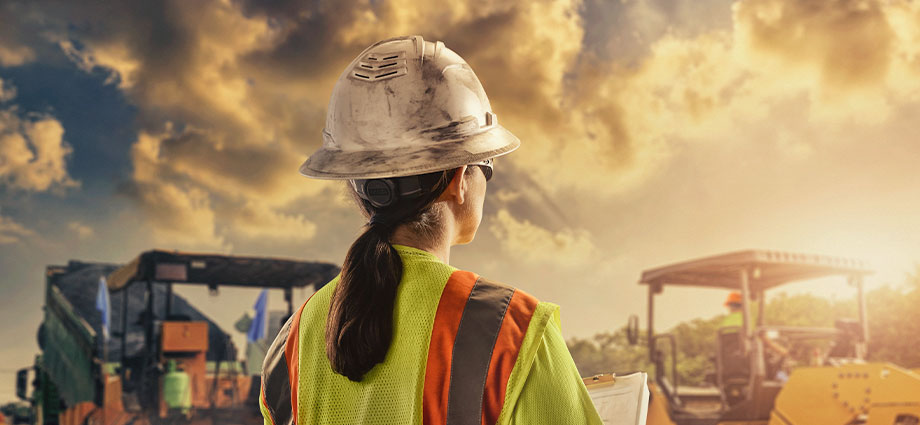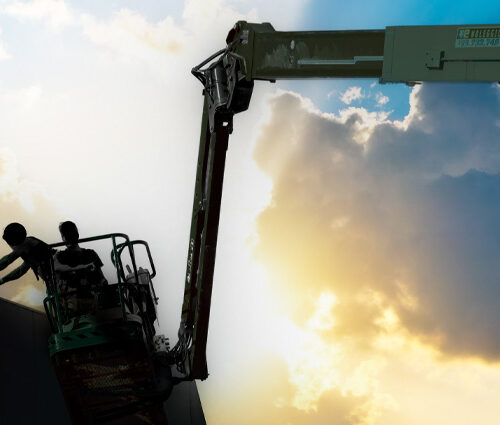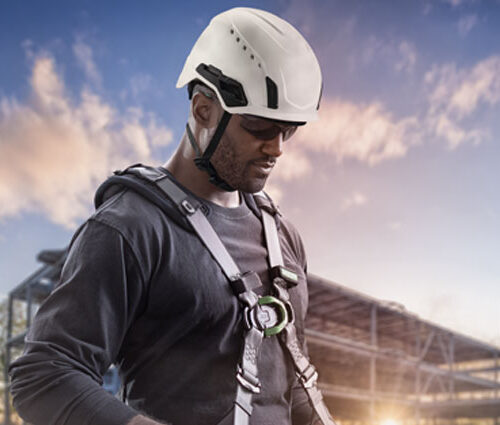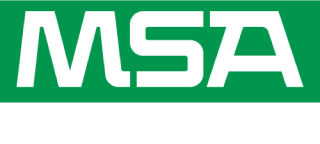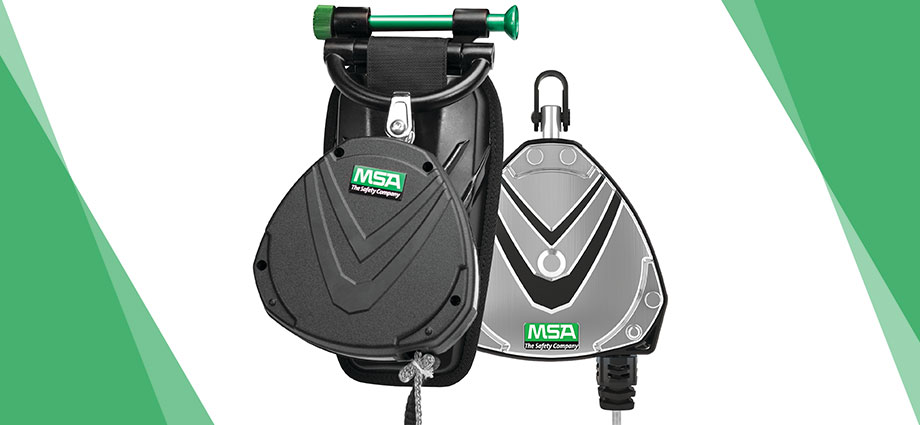
According to OSHA, fatalities caused by falls from elevation continue to be a leading cause of death for construction employees, accounting for more than 300 of the 1,008 construction fatalities recorded in 2018 (BLS data).[1] Those deaths were preventable; which is why it is so important not only to raise fall hazard awareness, but to also understand which equipment is right for each specific working at heights application. One of those applications is Leading Edge. What is Leading Edge? Leading Edge is an application where in the event of a fall, the lifeline of the Self Retracting lanyard may come in contact with an exposed edge, or sharp edge. In many scenarios, leading edge applications occur when the harness wearer is tied off or anchored below their back D-ring; however, it is possible when anchor points are overhead as well.
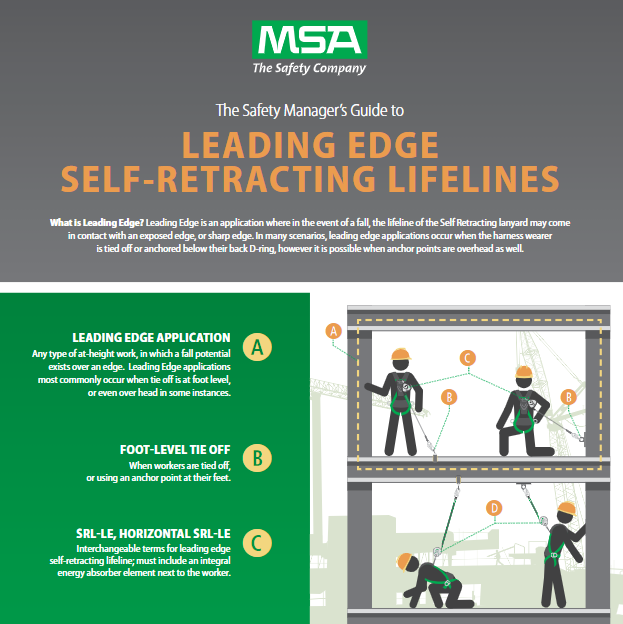
Download the infographic to share with your team!
Download the InfographicWhat are the Types of Self-Retracting Lifelines? Self-Retracting Lifelines are a form of fall protection equipment typically used in construction, but also many other industries. SRLs includes a lifeline made of cable or web, and are designed to automatically arrest an uncontrolled descent and limit the force of the fall felt by the worker wearing it, which can be substantial for falls even of just four to six feet.[2]
- SRL-LE or HORIZONTAL SRL-LE
- These are interchangeable terms for leading edge self-retracting lifelines. They must include an integral energy absorber element next to the worker and have been tested to the leading edge criteria specified by ANSI, and/or CSA.
- SRL or OVERHEAD SRL
- These are interchangeable terms for traditional self-retracting lifelines used in applications other than leading edge. It is important to note that while all SRLs are rated to ANSI Z359.14 for overhead use, only a subset of these will be Leading Edge SRLs.
What Type of SRL is Right for Leading Edge Applications? Determining which SRL to use requires understanding the application in which you’re working and how the SRL needs to function safely in that scenario. Download the infographic above to learn more about Leading Edge and how to choose between an Overhead SRL or SRL-E.
[1] https://www.osha.gov/StopFallsStandDown/
[2] https://ohsonline.com/Articles/2019/09/24/Livin-on-the-Edge.aspx


